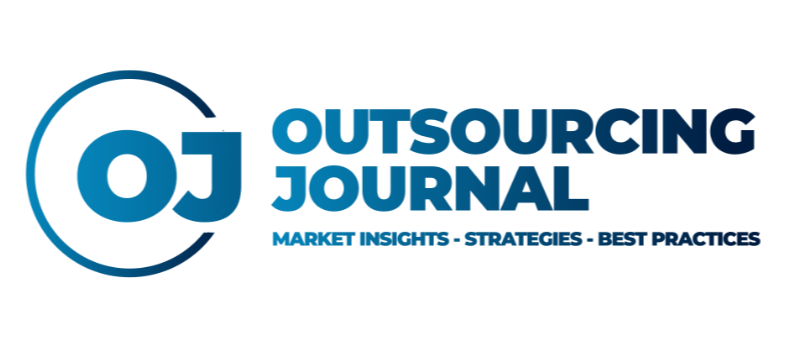[vc_row][vc_column][vc_column_text]1. Out of necessity, the ongoing pandemic cultivated the working from home employment model and platforms like yours are a very good indicator on the labor market in general, and also allow insights on other factors, such as employment models. Could you give us a short insight on how employers especially in the ICT segment (IT services, business process services, as well as inhouse-IT) use platforms like talent.com today and what has changed over the last 24 months?
As an international recruiting platform we offer companies a quick and uncomplicated way to advertise their jobs and reach candidates in over 70 countries. In the last 24 months we have seen a shortage of quality candidates in the ICT segment and companies are increasingly starting to look across their own boarders to recruit in key positions. As the working from home model has established itself as the preferred way of working for many employees, this allows companies to recruit internationally without having to relocate the candidates. On Talent.com companies can reach target groups in many different countries simultaneously, with just one account and with one dedicated counterpart to manage the job ads.
2. Your company states in a press release that in Germany in November 2021 there were 2,445 remote jobs advertised, compared to only 633 in November 2020. In which industries do you see the most change in the application of dedicated WfH models?
Naturally, there are industries or categories of jobs, where WFH is not applicable, such as health care, hospitality, or industrial production. Also not surprisingly, companies in the tech sectors were leading the development to go fully remote at the beginning of the pandemic. We have also seen a major change in the financial services sector, as companies have decided to adopt the WFH policies post-Covid, that were introduced because of the pandemic. As the flexibility/option for WFH has become not only a nice benefit, but something candidates take as a given, many small to medium sized companies have gone through strong technological development, implementing the tools necessary for seamless online collaboration, online conferencing, real time collaborative software, etc. and are now moving to a permanent hybrid model, where each team decides what the best balance is for them between meeting at the office and working from home.
3. How does this number compare with other markets?
In December 2021 we registered on our German platform around 35,000 jobs sponsored with the characteristics of being available remotely. That number was around 1,700 in February 2020 when the pandemic and lock down measures first hit and never stopped increasing. That’s about a +2000% variation.
Even though other markets in Europe have seen an increase in offers advertising remote positions, none have experienced such a spike. (+260% in the UK, +90% in France, +90% in NL)
4. What are the most common jobs in the ICT sector that are advertised with a remote working model?
Frontend Developer (Front End, Back End, Full Stack), System administrator, Clinet service, Consultant SAP Banking, System architect
5. What type of companies in terms of size do you see advertise most remote jobs?
Hard to say. We see a mix of different sized companies, it’s hard to define a trend. What we see is that it differs according to categories of jobs. Positions within IT and Research occupations, Management occupations and Business/Financial Operation occupations offer much more remote alternatives than the rest of the jobs categories available on the platform.
6. Do you see a difference in the time it takes for employers to hire onsite (office) or remote jobs?
As companies had to move to a remote onboarding process from one day to another, many recruiting campaigns were stopped due to the uncertainty in the market. The change also slowed down the hiring process as companies had to introduce and start exclusively using online tools for remote onboarding. In our experience, as the “crisis mode” became the “new normal”, the time to hire onsite does not differ significantly from the time it takes to hire a candidate for a remote position (job advertising + interviews). One aspect that can increase the time to hire is if companies are hiring cross border, needing to know local regulations before preparing employment contracts.[/vc_column_text][/vc_column][/vc_row][vc_row][vc_column width=”1/4″][vc_single_image image=”6588″][/vc_column][vc_column width=”3/4″][vc_column_text]Per Roxendal is Talent.com’s Director of Sales & Operations – Germany, responsible for sales and customer support. With his many years of experience in HR tech and performance marketing, he and his team support and advise customers who want to switch to performance-based recruiting.[/vc_column_text][/vc_column][/vc_row][vc_row][vc_column][vc_empty_space][vc_column_text]Photo by Damir Spanic on Unsplash:[/vc_column_text][vc_empty_space height=”64px”][/vc_column][/vc_row]
